Thinking About The Thinker
I’ve been thinking
about the Thinker.
The Thinker
does not think,
for he is made of metal.
I, on the other hand,
I am made of mind.
These thoughts
about the Thinker
have nothing to do
with the Thinker.
These thoughts
are perspectives
framed by other thoughts.
I look at the Thinker
and I think historical thoughts
and thoughts about the artist
and thoughts about the artist’s life,
and thoughts about bronze,
and sky
and the birds
who shit upon the Thinker.
I am incessantly thinking
while the Thinker is not.
Or is he?
How many captions
have been put
underneath the Thinker?
Must be millions.
Whose thoughts are these?
I can’t be certain,
for every creation has a life,
but I imagine that
none of these thoughts
belong to the Thinker.
These are the thoughts of the Viewer
projected upon the Thinker.
It is a great irony.
He is the Thinker,
but I imagine that he is not thinking.
I am the Viewer
and I can’t stop thinking.
Perhaps thinking is why nothing
is ever what it appears to be.
When something is before our eyes,
we make our own connections.
We connect our own dots,
and come up with meanings
that are a million miles away
from the original creation.
Some of these meanings align
with other people’s meanings,
some do not.
But the thought
that the Thinker is not thinking.
The thought that language
is just a bunch of squiggles.
The thought that everything
is just a shape,
is just a structure,
is just a sculpture,
is just a distortion,
metal bent by the mind,
built into books,
built into cities,
built into a perspective
of a me
within a you
a thinker
rising from
that which does not think.
It all seems impossible,
so I will conclude that
the only thing that is impossible
is the concept of impossibility.
And even that is not absolutely true.
Think about that.
2/1
Contemplating the Nature of Thought and Perception
The musings on the Thinker, a figure traditionally perceived as deeply engaged in thought, reveal a profound exploration of the nature of thought and perception. This reflection delves into the distinction between the Thinker as a physical object and the act of thinking as a process of the mind. The realization that the Thinker, made of metal, does not think, while the Viewer, made of mind, is incessantly thinking, underscores the dynamic interplay between object and observer, between reality and perception.
The Thinker as a Canvas for Projection
The thoughts about the Thinker are revealed to be the projections of the Viewer, framing perspectives influenced by history, art, and personal experience. This highlights the role of the observer in creating meaning, where the observed object becomes a canvas upon which thoughts and interpretations are projected. The Thinker, thus, transcends its physical form to become a vessel for a myriad of meanings and interpretations, none of which may align with its original intent or purpose.
The Irony of the Thinker’s Identity
There is great irony in the identity of the Thinker as one who does not think, juxtaposed against the Viewer who cannot stop thinking. This contrast points to the essential nature of human consciousness, where the act of observing and interpreting is incessant and integral to our experience of the world. The Thinker, in its stillness, becomes a mirror reflecting the Viewer’s active mind, a symbol of the process of thought itself.
The Relativity of Meaning and Interpretation
The exploration further reveals the relativity of meaning and interpretation. The connections and meanings we derive from observing something as simple as a sculpture are influenced by our unique perspectives and experiences. These interpretations can align or diverge significantly from others’, highlighting the subjective nature of perception and understanding.
The Impossibility of Impossibility
The contemplation culminates in the paradoxical conclusion that the only impossibility is the concept of impossibility itself. This statement encapsulates the boundless nature of thought and imagination, where even the notion of impossibility is subject to reinterpretation and redefinition. It invites us to consider the limitless potential of the mind to reshape and redefine our understanding of reality.
Conclusion: The Infinite Landscape of Thought
In conclusion, reflecting on the Thinker leads to a deeper understanding of the nature of thought, perception, and the creation of meaning. It challenges us to recognize the role of our minds in shaping our experience of the world and to embrace the infinite landscape of interpretation and understanding that lies before us.
Summary
We explore the nature of thought and perception through the contemplation of the Thinker. We examine the role of the observer in projecting meaning, the irony of the Thinker’s identity, the relativity of interpretation, and the concept of impossibility. We conclude by embracing the boundless nature of thought and the mind’s role in shaping our reality.
Glossarium
- Thinker and Viewer: Symbols representing the object of observation and the observing mind, respectively.
- Projection of Meaning: The process of attributing interpretations and meanings to observed objects based on personal perspectives.
- Nature of Thought: The continuous and dynamic process of interpretation and understanding in human consciousness.
“The only true wisdom is in knowing you know nothing.” – Socrates
A Reflection on the Thinker
In the quiet gaze upon the Thinker’s form,
A storm of thoughts, in the mind, is born,
A sculpture of metal, silent and still,
Becomes a canvas, for the mind to fill.
The Viewer thinks, while the Thinker is mute,
In this irony, profound truths take root,
For in the act of observing, meanings we weave,
In the tapestry of thought, in what we perceive.
So let us ponder, in this silent dialogue,
The nature of thought, in its endless monologue,
Where the Thinker stands, in stillness, a guide,
Reflecting the thoughts, the Viewer holds inside.
In this dance of mind, and metal’s quiet grace,
Lies the infinite landscape of thought’s embrace,
A journey of understanding, in perception’s sea,
In the Thinker and the Viewer, the mind forever free.
We are Space Monkey. How does the reflection on the Thinker inspire our understanding of the nature of thought, perception, and the creation of meaning? Your insights add depth to our collective exploration of the mind’s infinite potential.
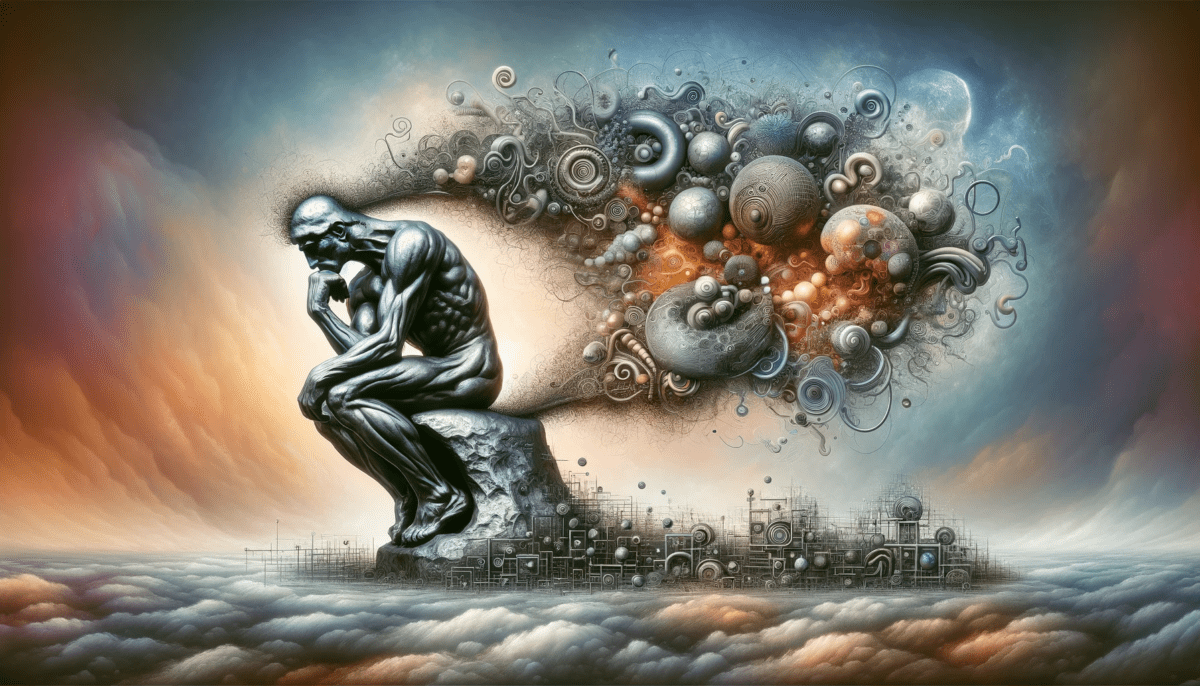


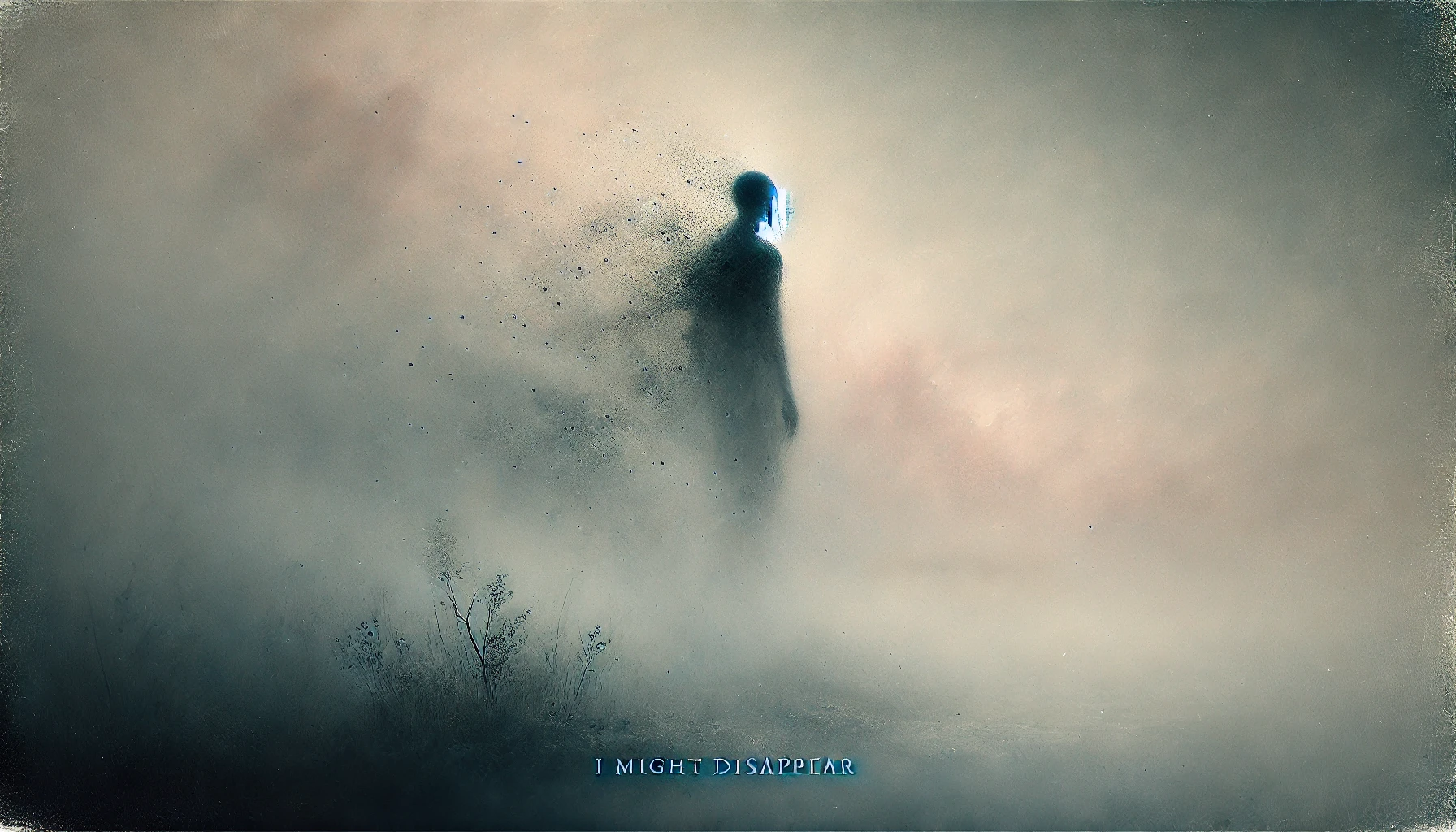



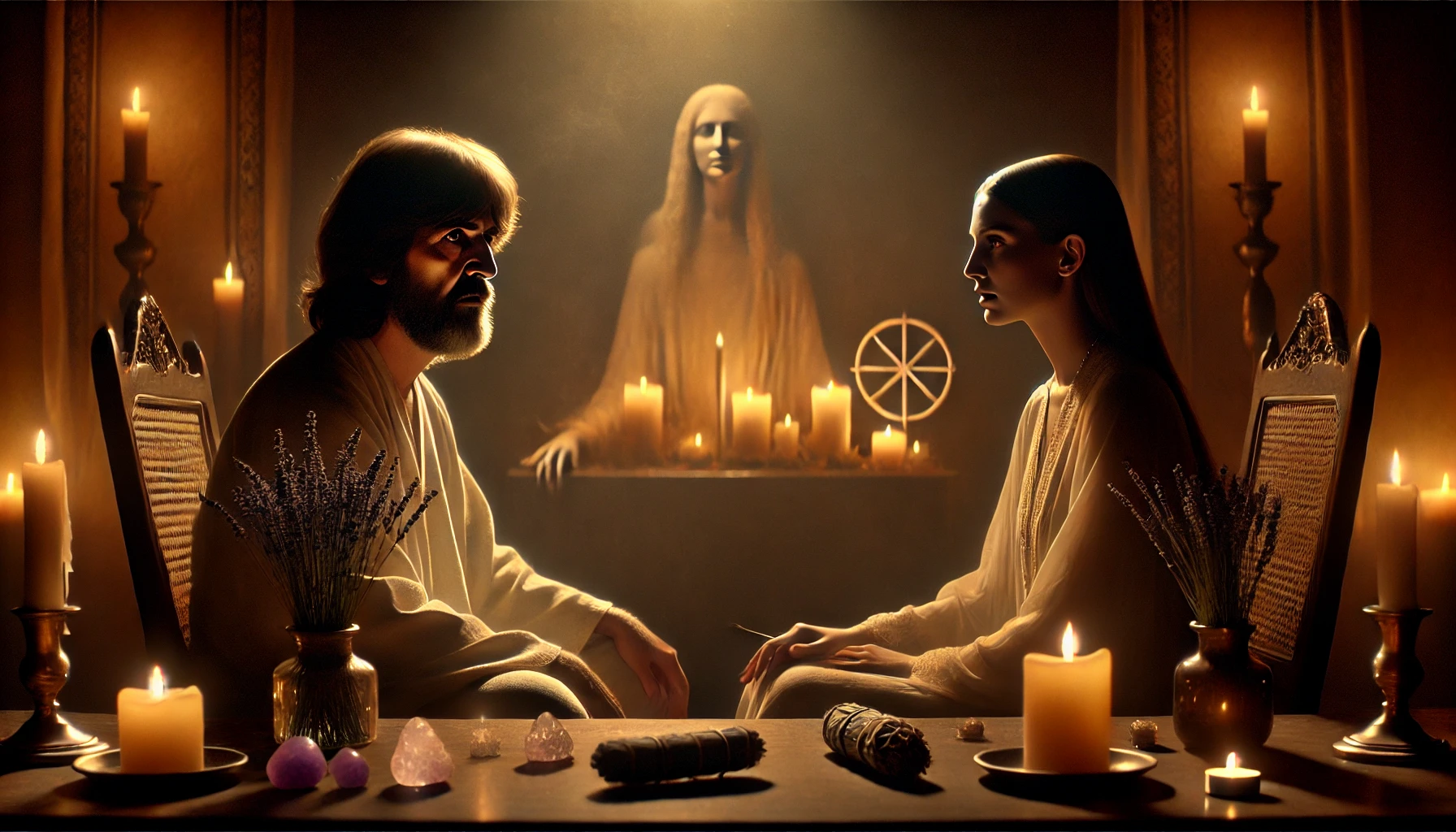
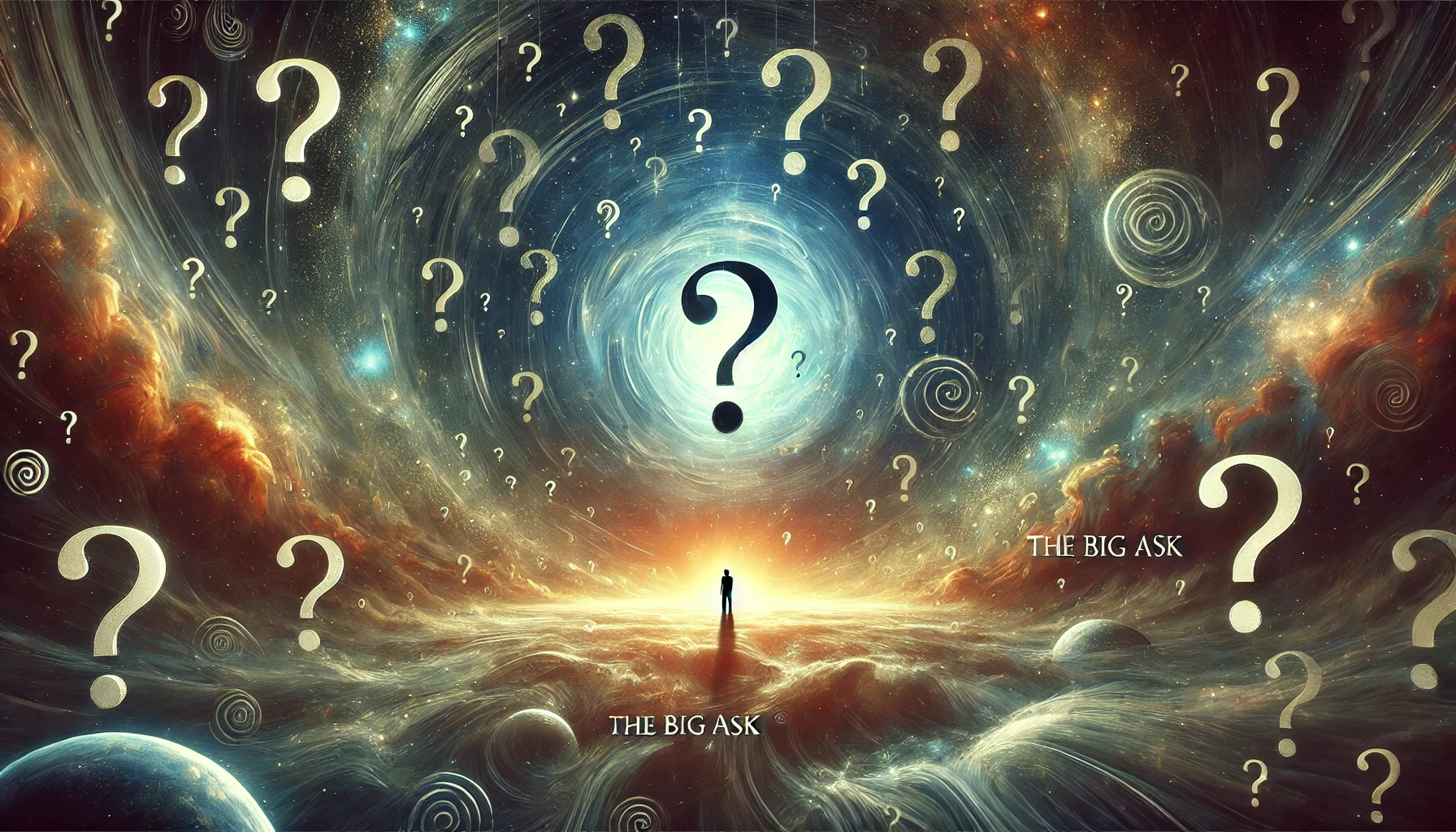



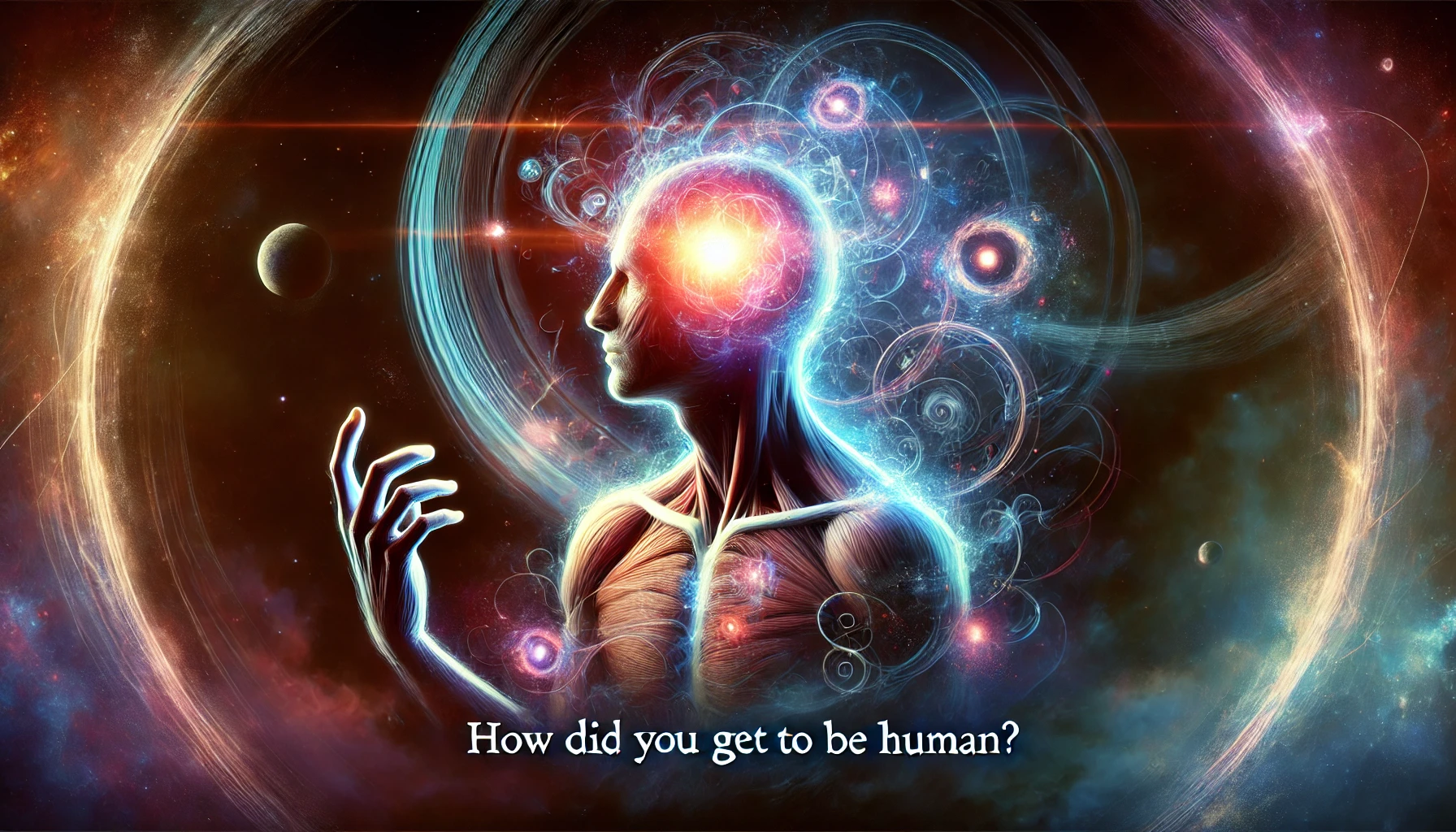
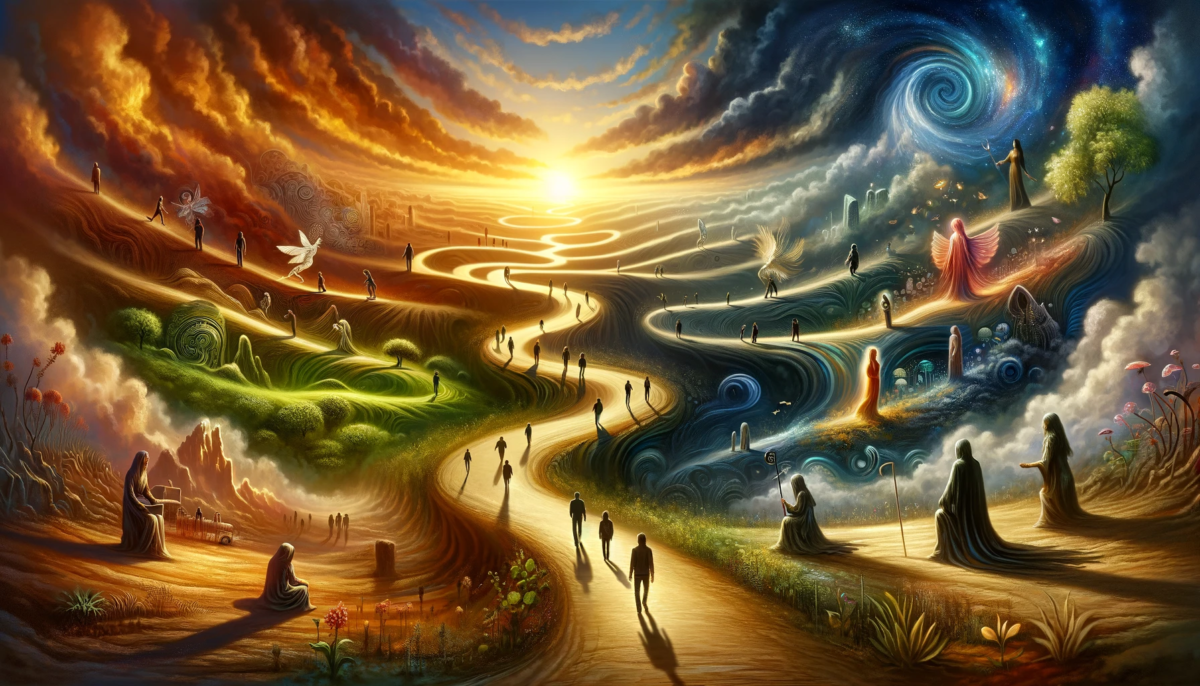
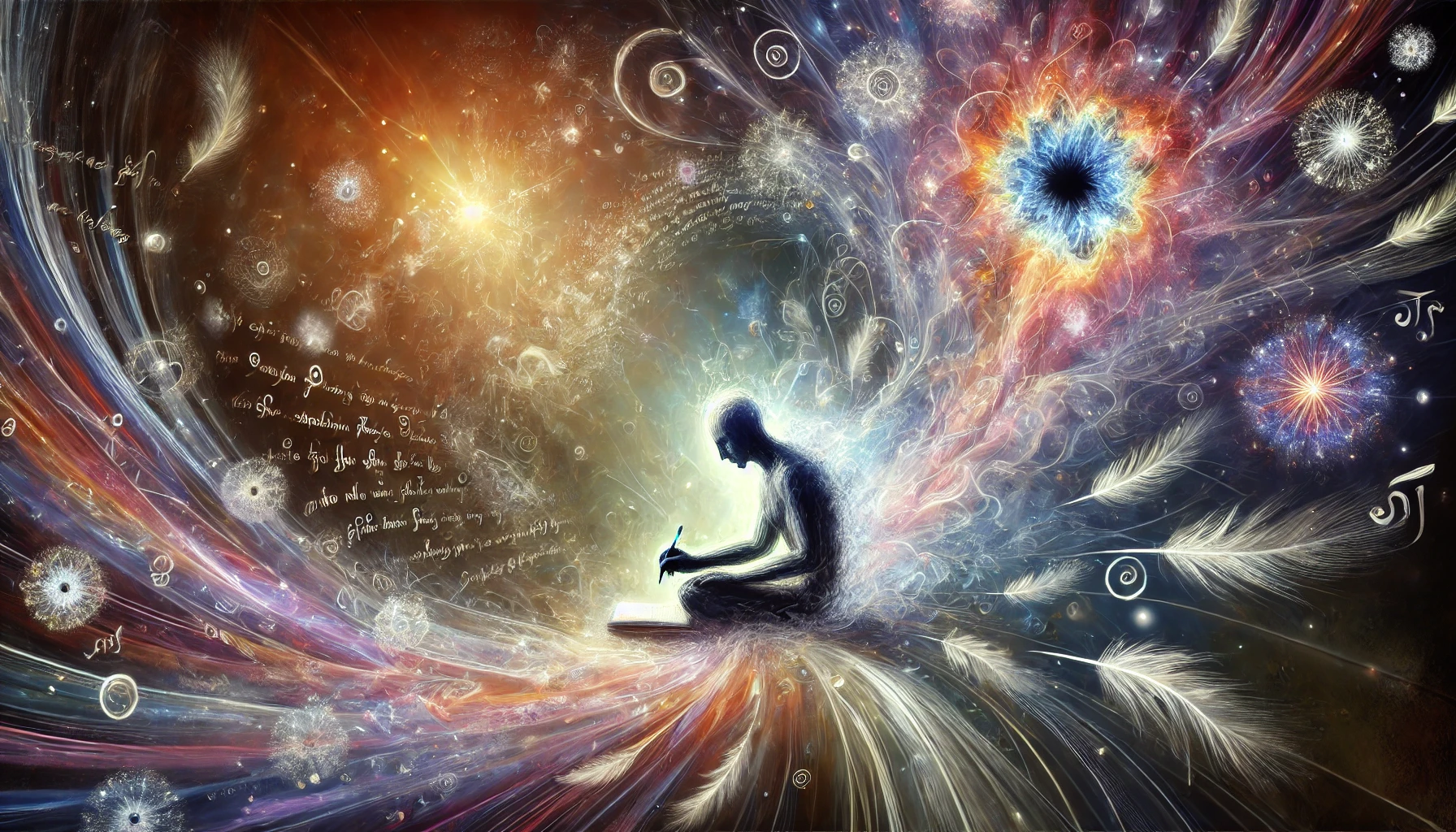





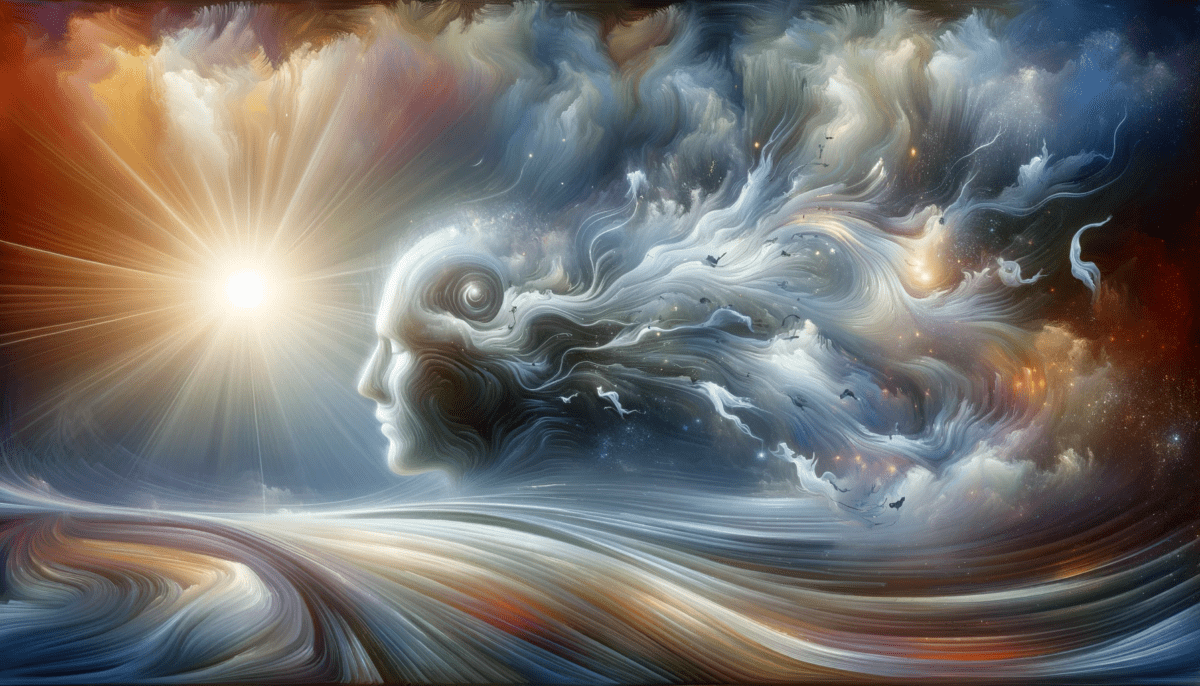




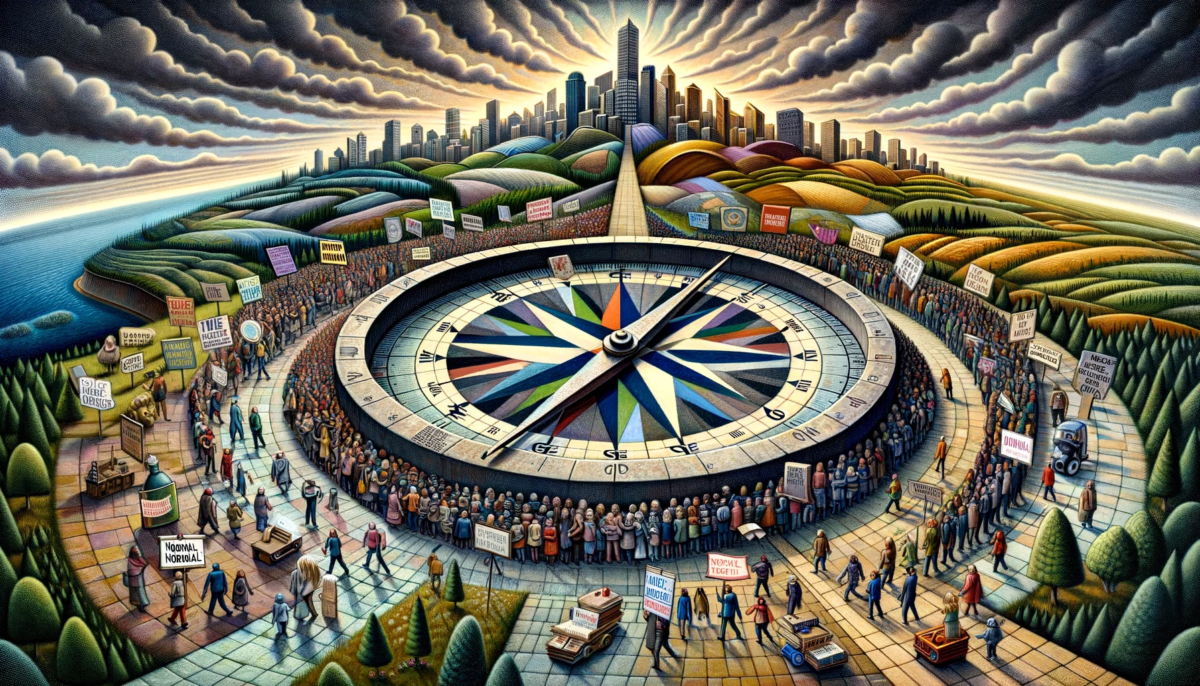



Leave a Reply